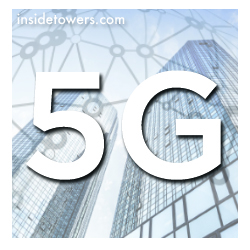New York City’s Internet Master Plan is a model for capturing the benefits of 5G deployment that demonstrates the value municipalities can bring to the table, according to the Brookings Institute. To the Institute’s Senior Fellow Blair Levin, the NYC plan provides a comprehensive view of how to achieve the goals of ubiquitous broadband: jump starting an economic boom, eliminating disparities in access, and improving the performance of city services.
Identifying the city as a stakeholder is in sharp contrast with the FCC view, according to Levin. The agency appointed an advisory board of industry representatives with other interests receiving only token representation, and Levin describes the agency action as, “a top-down, one-size-fits-all approach, which started with the idea that the primary tool for deploying networks, and that cities themselves were the major cause of most delays.”
As he has observed in several articles, the exclusion of munis risks the industry pushing aside local interests in favor of shareholder returns, while misallocating funding due to reliance on service providers’ views of network performance.
“The [NYC] plan is also forward looking,” Levin said, “noting how universal broadband will help the city deploy advanced Internet of Things applications, deliver municipal services more effectively, and preempt the financial burden of having disconnected households.” The plan accomplishes this by describing the city’s intended uses of broadband. The city’s plan also maps the current state of the infrastructure across carriers’ macro and low rad center solutions. With the situation in hand and the use case in mind, the plan commits municipal resource allocation to its critical priorities.





Reader Interactions